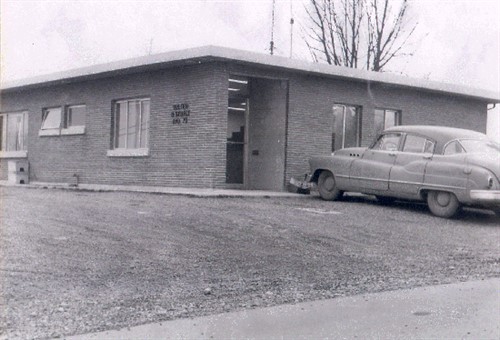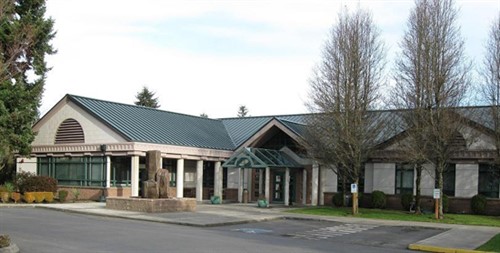Highline Water District History
Highline Water District, (formerly King County Water District 75 prior to 1991), incorporated in 1946, has been ensuring that our communities have safe, clean water for both indoor and outdoor use. The District has gone through many periods of change and currently serves an estimated 70,000 people living and working in South King County.

Highline District Office about 1950
During the period from 1962 to 1965, the South Seattle Water company in the McMicken Heights area and the Star Lake Water Cooperative were annexed into the District. Subsequent mergers into the Highline Water District include Water District No. 4 in 1979, the northern portion of former Water District No. 56 in 1987 and the Normandy Park Water Company in 1989. The District has approximately 18,600 accounts representing residential homes, apartments, businesses, schools and more.
The District serves sizable portions of the cities of Des Moines, and Normandy Park, as well as portions of Tukwila, Burien, SeaTac, Federal Way, Kent, and Unincorporated King County. The total area of the District is about 18 square miles.
The District also provides street lighting service to customers in unincorporated areas within the District. Street lighting is installed and maintained by Puget Sound Energy. District customers pay for this service with a surcharge on their water bill.
There are approximately 299 miles of water main. As are all water districts in King County, Highline Water District is required to prepare and follow a coordinated comprehensive water plan. Under the guidelines of this plan, the District is constantly upgrading old and undersized water mains.

Highline District Office about 2011
Until 1962, all water came from the District's wells. Today, about 68% of the water supply of the District is purchased from Seattle Public Utilities under the terms of a long term securing water supply for the District through the year 2061. The District supplements its Seattle water source with local wells. This enables the District to keep the cost of providing water lower than solely purchasing it all from Seattle. The wells, which draw from medium to deep aquifers furnish approximately 32% of the total volume of water supplied by the District.




